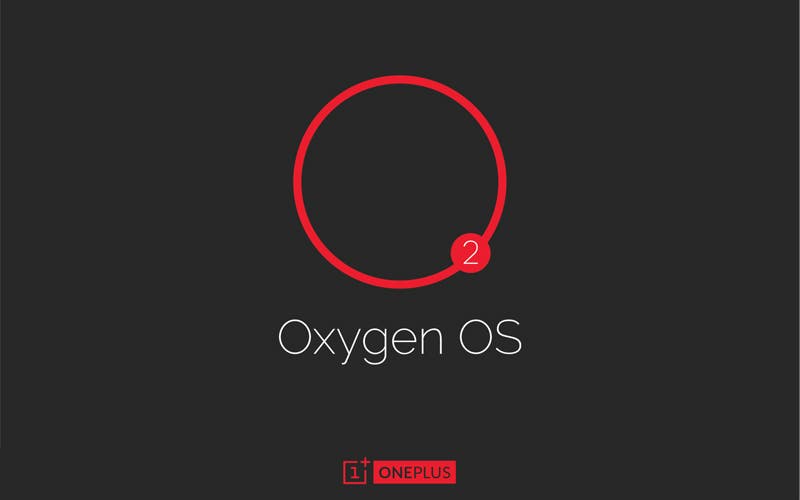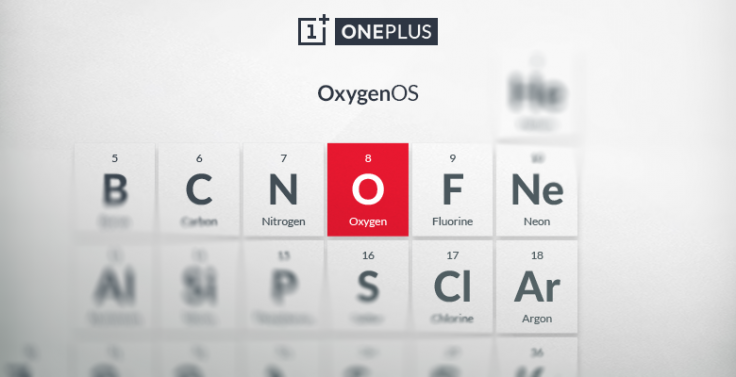Initially, OnePlus relied on a partnership with Cyanogen, launching its first smartphone with CyanogenMod. But then there was a break in relations. Therefore, the company had to hire developers to present its Android-based user interface in 2015. For Chinese versions of smartphones, it was called HydrogenOS, and for global versions – OxygenOS.
But before finding a name, the company searched for the most successful naming before the OxygenOS variant was finally approved. The staff went through several other namings, including even the banal OnePlus ROM.
These were OnePlus alternatives to the name of OxygenOS UI
Opus
Nomad OS
CosmOS
Muse
Karma
OnePlus ROM
StratOS
Carbon
ElementOS
DaVinciDid we make the perfect choice with OxygenOS? 😍
— OnePlus (@oneplus) August 26, 2020
Now, the company plunged into history and on its Twitter page published the different names that the branded user interface could receive. It turned out that names such as Opus, Nomad OS, CosmOS, StratOS, Carbon and ElementOS were considered. There were also more interesting names: Karma, Muse and DaVinci.
Why in the end all options were swept aside, and the choice fell on OxygenOS, the company did not announce. Most likely, it wanted to evoke an association with the fact that the OxygenOS interface is like a new breath of air, which is not much different from the original version of Android.

But, there is a possibility that with the arrival of OxygenOS 11, whose announcement may take place in September, the developers will change their strategy. The design of the interface will be close to Samsung’s One UI. We have previously talked about the changes that will occur with OxygenOS 11.
Presumably, HydrogenOS 11 (OxygenOS 11) will debut on the OnePlus 8T line of smartphones in a couple of months. While the current OnePlus 8 smartphone will get the stable update by the end of the year.
Recall that recently, OnePlus has revealed its mid-range smartphone OnePlus Nord, the smartphone has excellent specs and a good design at an affordable price, and here is a reminder of its main specifications:
OnePlus Nord specifications
- 6.44-inch (1080 x 2400 pixels) Full HD+ 408 ppi 20:9 Fluid AMOLED display with 90Hz refresh rate, Corning Gorilla Glass 5 protection
- Octa Core (1 x 2.4GHz + 1 x 2.2GHz + 6 x 1.8GHz Kryo 475 CPUs) Snapdragon 765G 7nm EUV Mobile Platform with Adreno 620 GPU
- 6GB LPDDR4X RAM with 64GB (UFS 2.1) storage, 8GB LPDDR4X RAM with 128GB (UFS 2.1) storage, 12GB LPDDR4X RAM with 256GB (UFS 2.1) storage
- Android 10 with OxygenOS 10.5
- Dual SIM (nano + nano)
- 48MP rear camera with Sony IMX586 sensor, 0.8μm pixel size, f/1.75 aperture, OIS + EIS Hybrid stabilization, 8MP 119° ultra-wide camera with f/2.25 aperture, 5MP depth sensor with f/2.4 aperture, 2MP macro camera with f/2.4 aperture, 4K video at 30fps, 1080p slow motion at 240fps
- 32MP front-facing camera with Sony IMX616 sensor, f/2.45 aperture, EIS, secondary 8MP 105° ultra-wide camera with f/2.45 aperture
- In-display fingerprint sensor
- Dimensions: 158.3×73.3×8.2mm; Weight: 184g
- USB Type-C audio, Super linear speaker
- 5G SA/NSA, Dual 4G VoLTE, Wi-Fi 6 802.11 ac (2.4GHz + 5GHz) 2X2 MIMO, Bluetooth 5.1, GPS (L1+L5 Dual Band) + GLONASS, NFC, USB Type-C
- 4115mAh battery with Warp Charge 30T Fast Charging (5V/6A)





